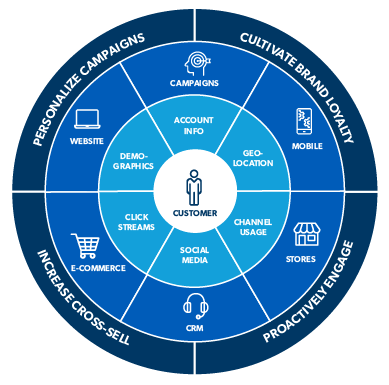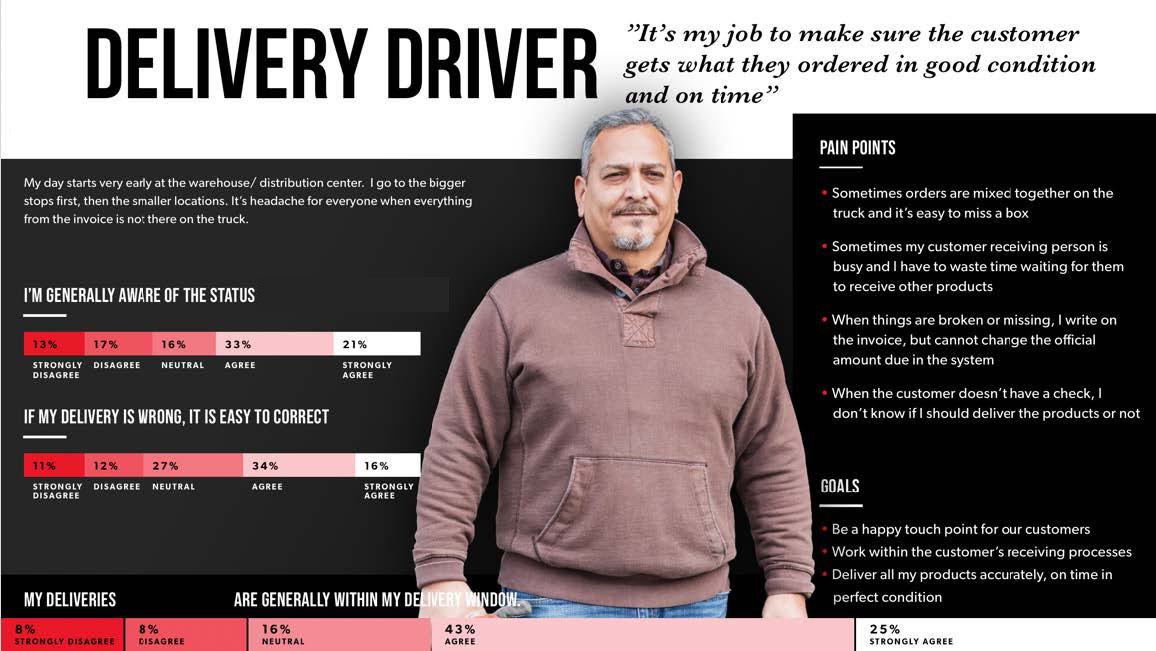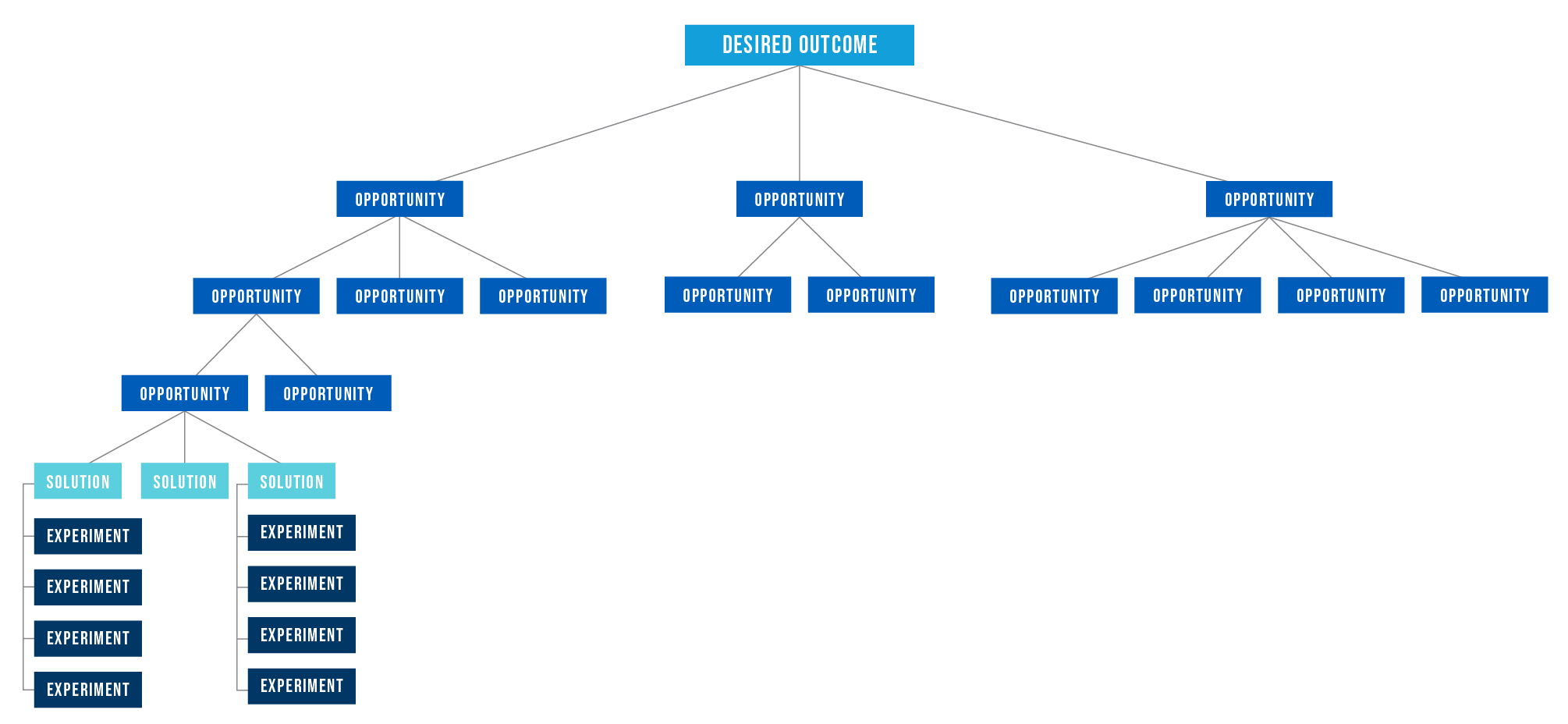Blog December 9, 2020
What Customer Centricity Really Means


Question: The term “customer centricity” is thrown around a lot. What does it actually mean to put the customer at the center?
Answer: Customer centricity means putting the customer first and valuing their needs above all else. It’s thinking about customers in every decision and across all areas of the business.
This practice sounds simple, but companies routinely take actions that run counter to being customer centric. A common example is when companies create a need to justify the product they want to make. Organizations that are truly customer centric only build offerings that solve real problems for their customers.
Companies must also critically evaluate how they invest their resources. Those seeking to be customer centric should routinely spend time, money and people on learning about customers and their needs.

Question: What are some common pitfalls organizations face when trying to be customer centric?
Answer: Companies that are getting things right deeply understand their customers. Achieving this level of knowledge requires significant investment. Firms that fall short of being customer centric typically have a lack of time, lack of buy in, and lack of experience.
Lack of time:
Often product managers wear many hats and have too many competing responsibilities to focus deeply on the customer. They need to make quick, “good enough” decisions to keep the product development pipeline moving. But this approach may hurt them in the long run because the solutions they create don’t always match what customers need and those customers leave in favor of better offerings. Companies should transition from tracking performance metrics like on-time delivery and productivity to more meaningful customer metrics like Leaky Bucket Ratio and Customer Lifetime Value (CLV).
Lack of buy in:
Because most businesses have resources like user research teams and customer insights teams, leaders often assume they already know who their customers are. However, it’s important to recognize that customers are always going to be better at knowing what they need than organizations may be. Leaders who put in the effort to learn as much as they can about their customers typically make products people want to buy.
One game changer for customer centricity is Customer Journey Mapping. This tool helps product leaders map all of the steps of the product from start to finish and creates empathy for the customer’s experience while using the product. If you can only do one thing, do this one.

Lack of experience: Many product managers have learned on the job without any formal education. As a result, they commonly lack the skills and experience needed to do customer discovery well. To excel in product development, companies should invest in upskilling their existing product leaders or hire individuals who already possess customer discovery knowledge. Whether through training or hiring, customer-centric product mangers not only elevate their own effectiveness but can also coach and mentor others on the team.
Question: At CapTech, the motto is “Others Talk. We Listen.” What does it mean to truly listen to your customer? What are some effective approaches to doing that?
Answer: Truly listening takes practice. These days our attention spans are taxed with a barrage of information and stimuli. Active listening involves focusing on what the other party is saying and asking questions to learn how you can help them. Then you relay it back to them to ensure you have a solid understanding. True listening also means being open to answers that don’t align with your initial assumptions or beliefs.
Customer interviews, either in-person or virtual, are an effective tactic companies can adopt to learn more about what customers truly care about. While surveys, polls and Net Promoter Scores are good ways to capture feedback, customer interviews are more effective because you’re able to find out what is important directly from the people that will be using your product or service.
Question: What is the most important thing organizations looking to innovate must get right?
Answer: The most important thing to get right is remembering that products must solve real problems for customers. The goal of product leadership is to create products that people want to buy. In order for a company to know for whom they are building products and the problems they’re solving, they have to learn about them. Solving a customer’s problem builds loyalty, trust, and allegiance which, in turn, provides benefit back to the company – financial, reputational, expansion or growth – because customers will want to continue to do business with them.
Products also need to evolve in order to survive and stay relevant. Customers will be more willing to provide valuable feedback if it makes their lives better in some way. Continuously exploring new opportunities prevents companies from becoming stagnant and can lead to something revolutionary.
A good product discovery technique is called the Opportunity Solution Tree, which was invented by Teresa Torres. This technique helps people that are responsible for building products to see the bigger picture. It aids in connecting the solution to the customer’s needs to ensure companies are building the right things for the right people with the right reasons.

It can be daunting to start investing in becoming more customer centric. But if companies take the time to know who their customers are, understand what problems they can solve, and find opportunities to evolve their product, they’ll be much more likely to create something revolutionary.


